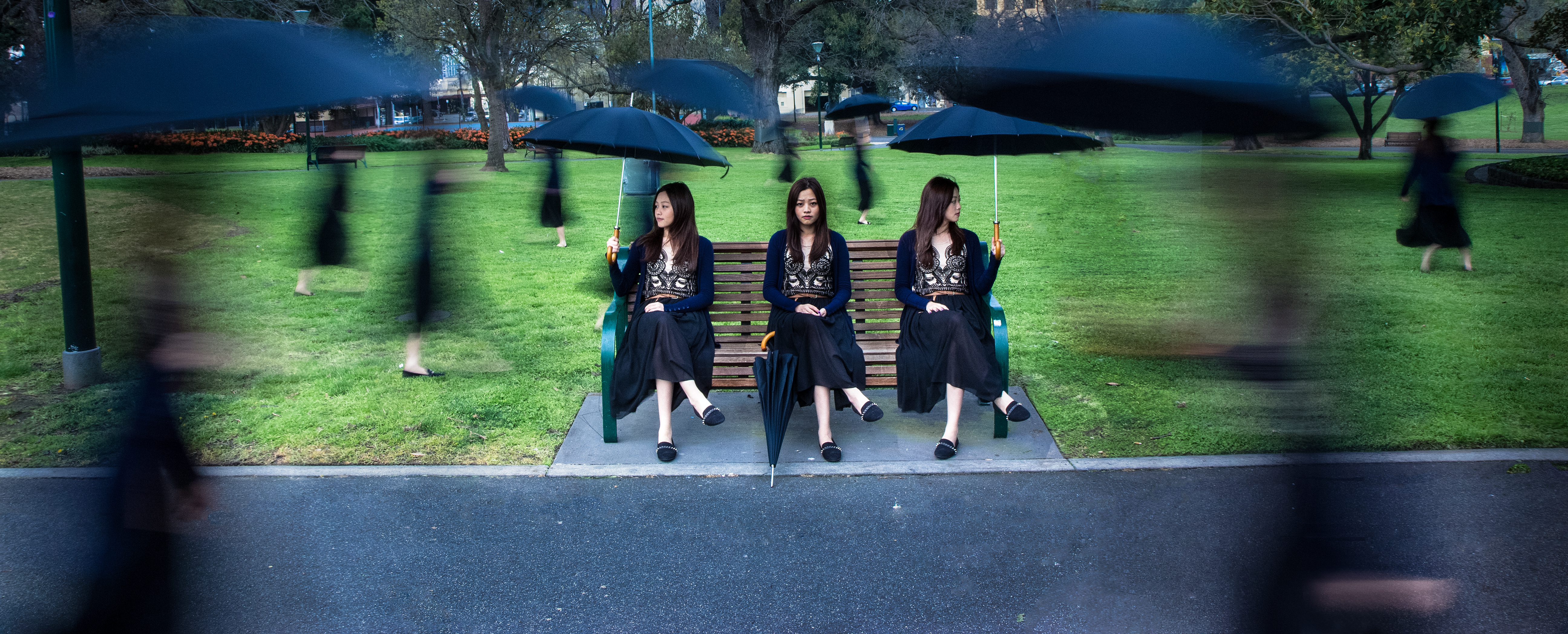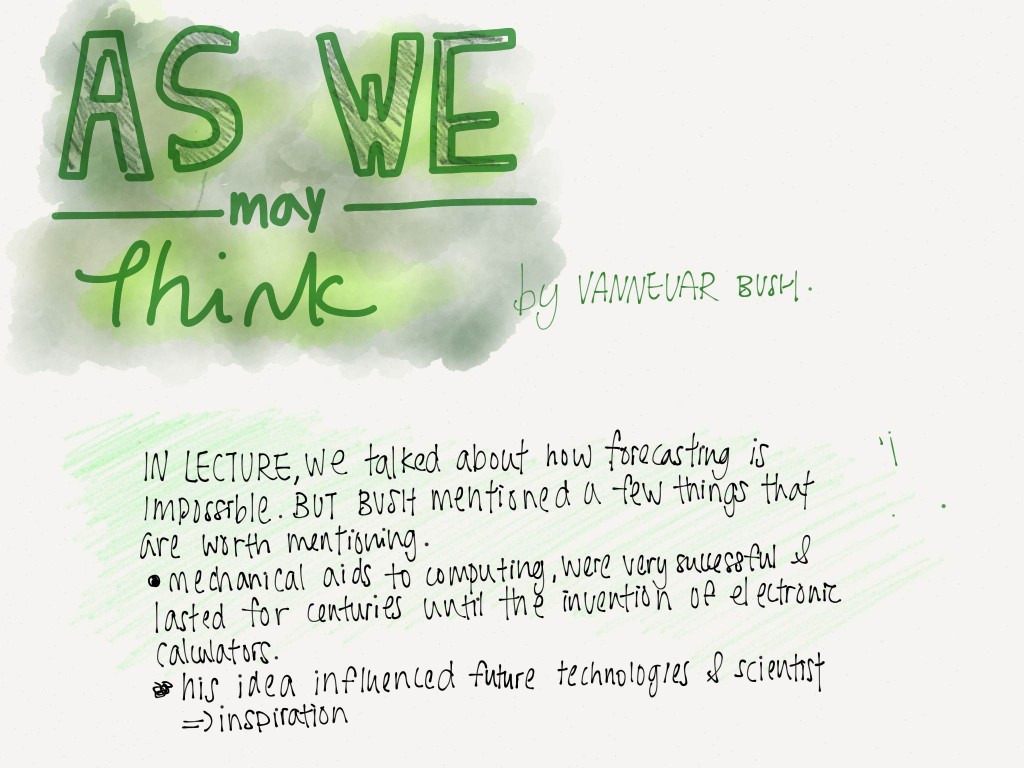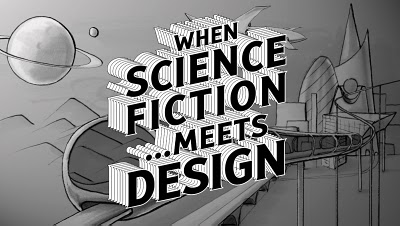
Who are they?
-American media scholar
-Currently professor at communication, journalism and cinematic Arts.
-Author
What have they done?
-Research explores boundary between text and reader, growth of fan culture
-Involved in project New Media Literacy.
-Research on how individuals in contemporary culture themselves tap into and combine different media sources.
-Convergence culture, theory described as the merging of traditional and new media.
In What way might this relate to internet, digital media, and networked media.
-Research in social media, video games etc. modern day networking
-Project new media
-Very similar to our key readings
-Project new media literacy, same ideals as networked in that we should learn and apply ideologies and theories rather than practical knowledge
Ideas
-To learn the core social skills that we need in the new media landscape.
-‘Literacies’ if we can learn it without computers they can be applied to everything else
-Instead of replacing the old media, it is more like the new and old media intersect in a more complex play. the idea behind it is the same.
-How to use tech? instead of assuming we know how.








